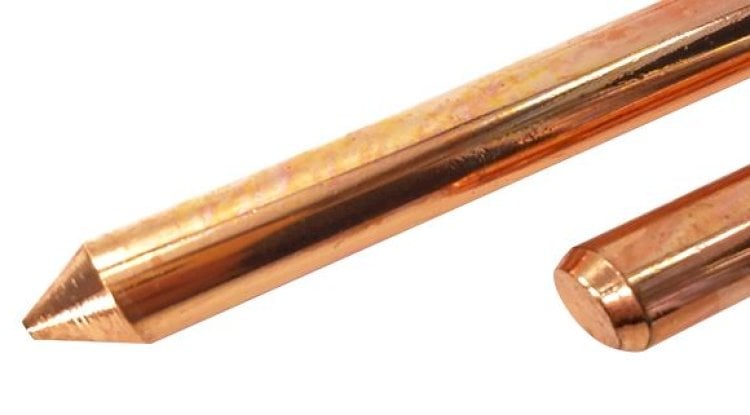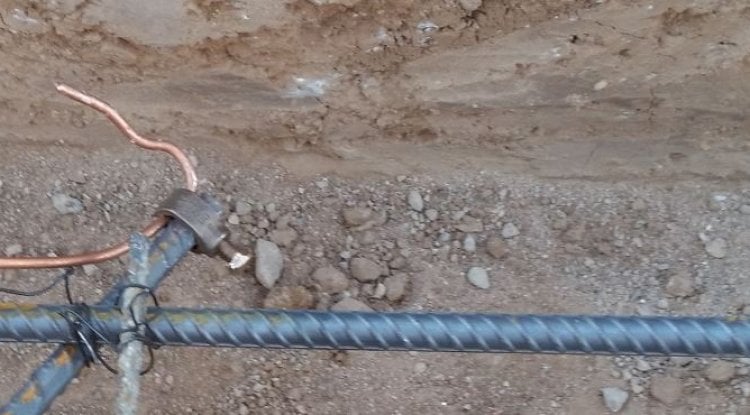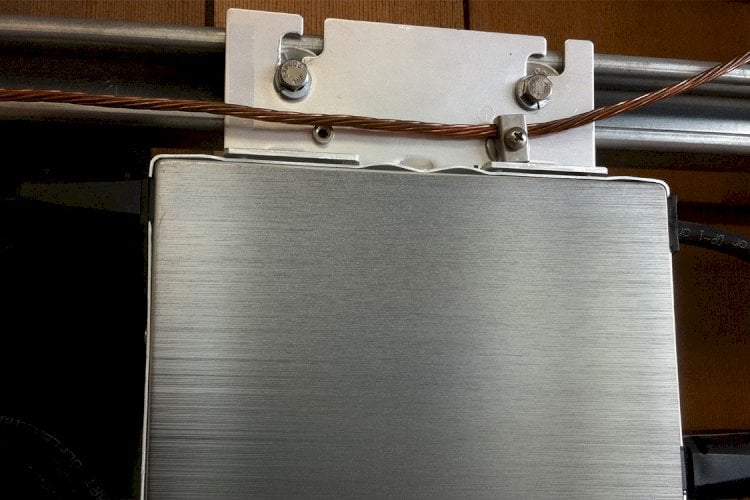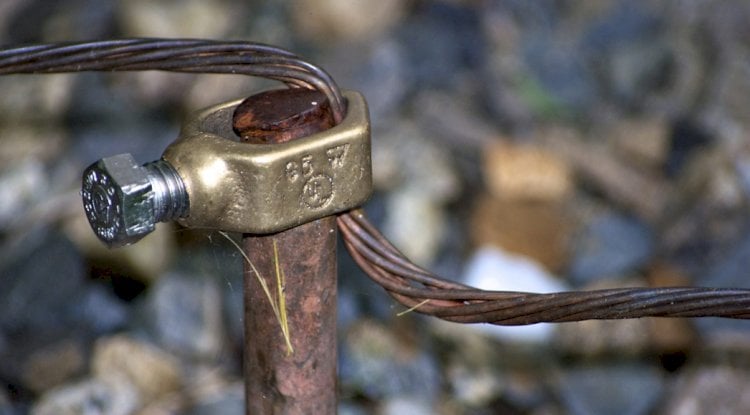Gajanan Asked:
How to get a grounding rod below 1ohm ground resistance?
Our Answer:
To reduce the resistance to ground, you have two choices:
- A) drive your ground rod deeper or
- B) add additional ground rods in parallel.
Based on soil resistivity data, we can calculate scenario A. However, we can estimate the resistance to ground using scenario B. Multiple ground rods yield a lower resistance to ground than a single rod.
If your ground rods are placed at least one rod length apart, you can use a formula to estimate the earth resistance of multiple grounding rods. So, if you are using 10-foot ground rods, you must place them at least 10 feet apart. Actually, twice the length (20 feet) is ideal if you have the space.
You can divide the resistance of a single ground rod by the total number of rods and then multiplied by a factor F supplied in IEEE Standard 142—Recommended Practice for Grounding of Industrial and Commercial Power Systems (i.e. “The Green Book”).
Table 4-6—Multiplying factors for multiple rods (excerpt)
- F (2 rods) = 1.16
- F (3 rods) = 1.29
- F (4 rods) = 1.36
Thus if your first ground rod measures 2.5 ohms, we would expect the resistance of multiple rods to be the following:
- Resistance (2 rods) = 2.5 ohms / 2 rods * 1.16 = 1.45 ohms
- Resistance (3 rods) = 2.5 ohms / 3 rods * 1.29 = 1.075 ohms
- Resistance (4 rods) = 2.5 ohms / 4 rods * 1.36 = 0.85 ohms
To reach your goal of 1-ohm earth resistance, you will need three or four rods total. These can be placed in a row or at the corners of a 10-foot by 10-foot square. A final measurement will let you know if you have reached your 1-ohm goal.
The Engineering Experts at E&S Grounding Solutions
Let's Talk! Schedule a FREE Phone Consultation Today.
Wherever you're located, learn how good a fit we are for your project.







